Discover Ephesus and Top Destinations in Western Turkey with an expert tour guide and a TripAdvisor Winner for 13 consecutive years.
History of Priene - Private Priene ToursPriene is located 40 minutes drive from Kusadasi. An ancient Ionian city founded on the slopes of Mount Mycale (Samsun Dag). Samsun name is derived from the word "Sampson" which Preiene used to be called in the middle ages. The ancient harbor city of Priene probably changed its location when the silt of the Meander River threatened to bury it. Now it is nearly 10 miles from the sea. The original place of the city has never been found but it was probably a peninsula with two harbors. Priene was a small settlement with about 4 or 5 thousand inhabitants and never of great political significance it shared the same history as the other Ionian cities. Priene was laid out on a Hippodamian system of grid plan at the foot of a spectacular cliff on Mount Mycale and contained many famous examples of Hellenistic art and architecture. All the streets intersect at right angles forming insulas (blocks). The city consists of 80 equal insulas. The distance between the insulas are same. Insula sizes were 120 feet by 160 feet. Each block had 4 or 8 houses (30 feet x 80 feet = 2400 feet2) with highly developed drainage system. The houses in Priene are very similar to Pompeii houses (Pompeii was under the flames of Vezuvius in 79AD). Like buildings in warm climates houses had very high ceiling between 15-20 feet. They do not have any windows. Door rooms opening the courtyard helped for lighting. During the Roman period, houses had many changes. Some were combined. It is believed that the founder of the city is Aegyptus, son of Belus, grandson of Kodros. The followers of Aegyptus were the inhabitants of an abandoned Ionian city of the same name in 350BC. The first foundation of the city goes back to 9th century BC. The reasons of the migration most probably silting of the port and maleria caused because of swamp fields. City was ruled by the Lydian empire till 545BC. In 545BC Persians took the control of the city. In 499BC Priene was in Attika-Delos Alliance against the Persians. It joined in the Battle of Lade with 12 ships in 494 BC against Persians. Alexander the Great assigned the city to watch the unreliable city of Miletus. He also lived in the city and paid for the construction of the Athena Temple. The house which is believed to be inhabited by Alexander the Great is House No. 22. After A staue of the Alexander is found here which is displayed in Berlin today. After Alexander left Priene, house was used as a sacred place for worship. After flourishing during the Hellenistic and passing through the Pergamene Kingdom periods the city declined under Roman rule. Excavation began at the site in the early years of the 20C and the city has been partially restored. Acroplis is 230m over sea level. There are 3 main entrances to the city. The city is organized in four districts, the religious (Athena Temple), the political (bouleterion and prythaneion), the cultural (Theater) and the commercial (agora). In addition to the Athena Temple, the people of Priene built shrines dedicated to Zeus, Demeter and Egyptian gods. The Theater is a 4 or 3C BC building and one of the finest extant theaters of the Hellenistic world. Although it was rebuilt in the Roman period it still remains as typically Hellenistic as the city of Priene itself. The theater was carved into the hillside and held a capacity of 6,500 people. Five marble seats with arms were provided for priests and dignitaries. These seats were built in 2nd c. BC. Each has writing saying " These honour seats were dedicated to Dionysus by Nisios, the son of Diphilos the Agonothes". Agonothes were in charge of theatrical plays, musical performaces, races, competitions and feasts dedicated to Dionysos. The artists were considered as under the protection of Dionysos because of this they were considered such as a religious group or sect. They had tax and security prividledges. In the middle of the prohedria there was an altar which was sacred to Dionysus. Performances used to start with sacrificial rites. The proskene is well-preserved and consists of a colonnade supported with 12 Doric half-columns. The skene had an upper floor which no longer stands. Plays during Hellenistic period were held at the orchestra. During Roman peiod one storey was added to the skene. Plays were held at the 2 second floor of the skene. Political speeches were also made here, each speech was limited by the help of a water clock. Archeolgits still have doubts how the water clock was working. The Bouleterion is the most intact in Anatolia today. It was used for meetings of the town council. The bouleterion consisted of seats on three sides with a capacity of 640 people, and was covered with a wide wooden roof. The sacrificial altar was placed in the middle of the arc of seats. The Prytaneion is located to the east of the bouleterion. It was the seat of the elected city administration and housed official receptions. Rooms were set around the courtyard. The shrine of Hestia was in an inner chamber where the eternal sacred flame was burned. The Temple of Athena Polias was rebuilt in 334 BC as a gift from Alexander the Great and was a standard Ionic structure with eleven columns along its sides, six at the ends (peripteros) and two in antis. Alexander`s name was encarved on the front side of the pro-naos walls. Today this encarving is located in British Museum. Athena Polias was the goddess of Priene and protectress of the city. The proportions of this temple were taken as a classical model. The architect of the Athena Temple was Pytheos who also built the Mausoleum at Halicarnassus, one of the Seven Wonders of the ancient world. In side the temple in the cella, over the cult was Athena`s statue which was the copy of the Athena Porthenos statue of Parthenon in Athens. The statue was made of marble and ivory gold and brass plated. Agora, did not only serve for trade but also feasts and political discussions. Statues of the the important people were erected in the agora. Sacred gallery was donated by the Royal family. The rents from the shops in the sacred gallery were used for the construction of Athena temple. Macellium (Meat & fish market) was located on the west side of the agora having two stone tables. Port of the city (Naulokhos) was located 3 miles away from the city. The city had 2 gymnasions named as Upper and Lower. Both had bath complexes. On some stones names of the ephebos (young male students) can still be seen. Most of important person who was born in Priene is Bias who lived in the city in 6th c. BC and considered among the 7 most genius of the ancient world. After he died, the city constructed a temple dedicated to him as Biantion. Same is practiced for Alexander. Alexander the great is believed to stay in the city of Priene in 334BC. It is not known how long Alexander the Great stayed here. The house he lived later on named as Alexeraion. Archaeologists also discovered a synagogue from 4th century AD. Menorah of the syanaggue can still be seen today on one of the remaining columns. Panionion was in the territory of Priene. It was the religious alliance of 12 Ionian cities but not a political one. The temple was dedicated to Poseidon. This was the reason that Ioanian cities never got united. President of Panionion was always from Priene. Panionion : is the place where 12 allied Ionian cities gather their meetings. In the locality there is a Poseidon Temple which started being used in 8th c. BC. Ionian cities were gathering in Pananion to discuss political and reliogous subjects. There were also festivals made here, during the festivals there were competions and games were organized. The territory was ruled by Priene. Always Priene leaded the alliance. One can notice an odeon and a small theater as well as the Poseidon Temple. We offer custom private tours to Ancient City of Priene. These private tours can be combined with Miletus, Didyma and/or Doganbey Village. For more information please contact us. Pictures from the Ancient city of Priene.
0 Comments
Leave a Reply. |
Ephesus Travel Guideby TransBalkan Tours is a fully licenced tour operator since 1963 and a member of TURSAB. Ephesus Tour from Kusadasi Port
Ephesus Tour from Izmir Ephesus Tour from Selcuk Ephesus Tour Guide Kusadasi Airport Transfer Kusadasi Pamukkale Tour Ephesus Biblical Tour Istanbul Ephesus Tour Ephesus Guided Tour Ephesus Shore Excursions Efes Tur Rehberi Ephesus Walking Tour 7 Churches Tour Turkey Categories
All
Archives
July 2024
|

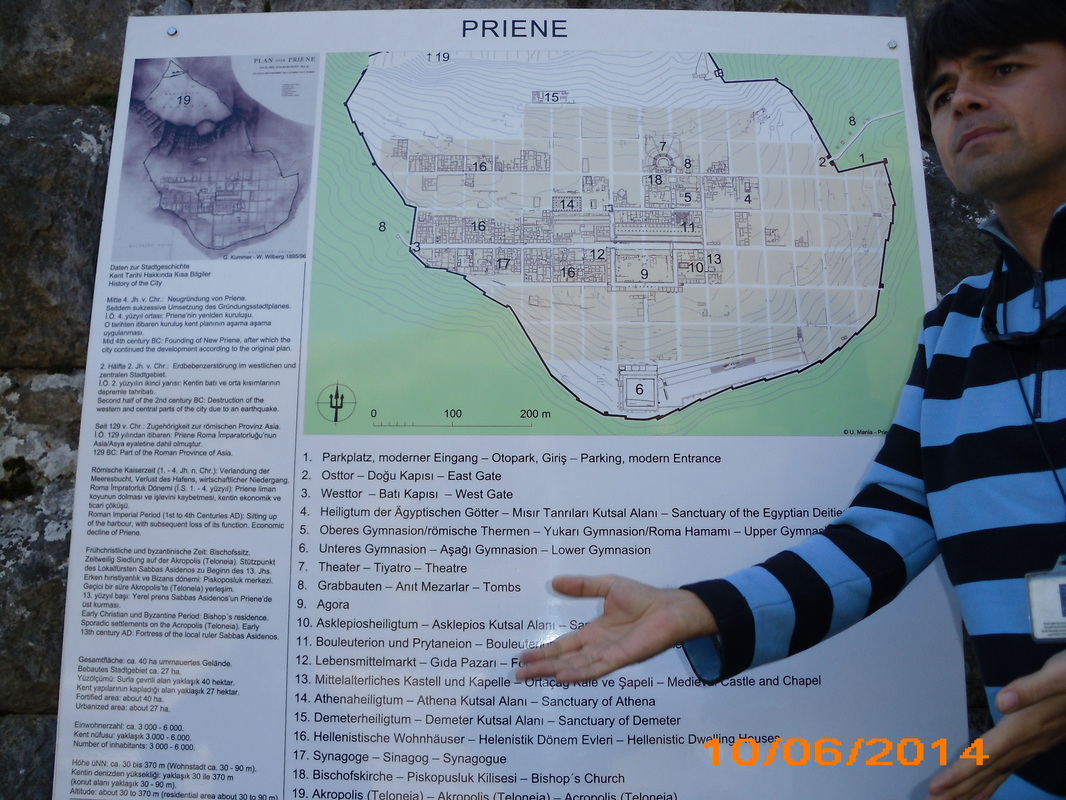
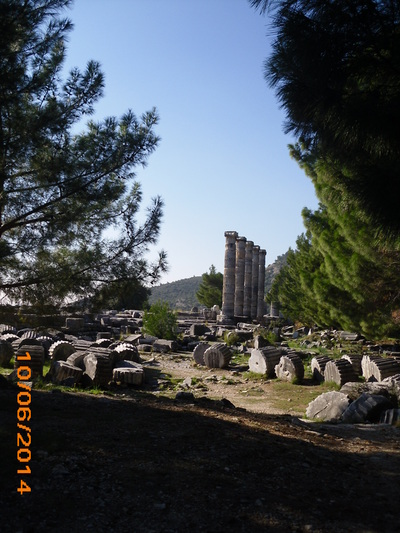
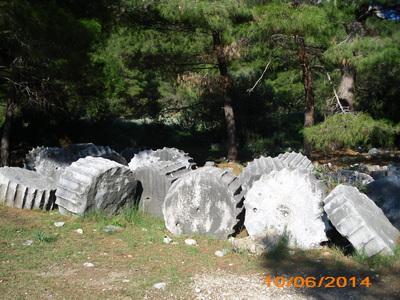
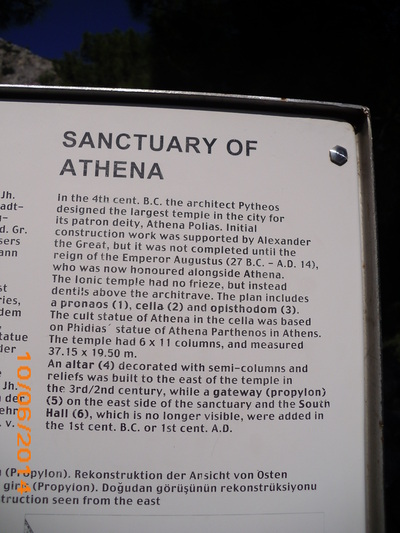

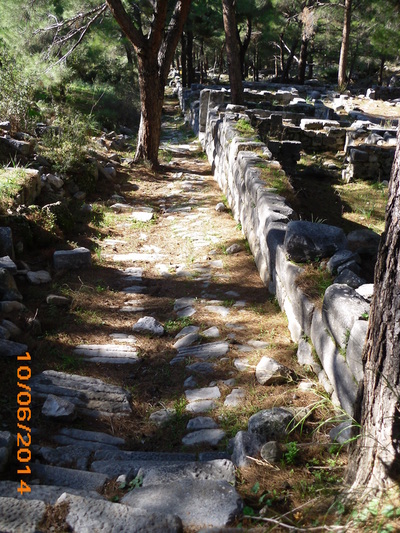
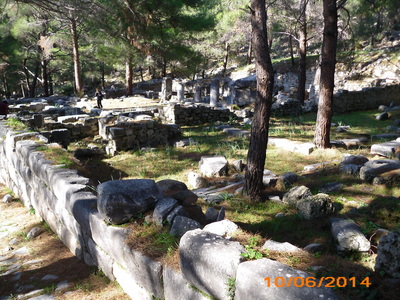
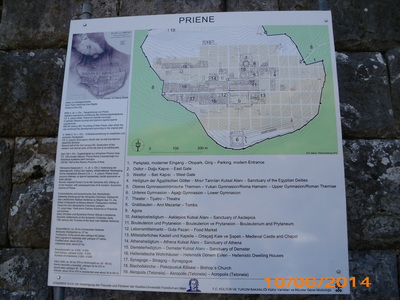
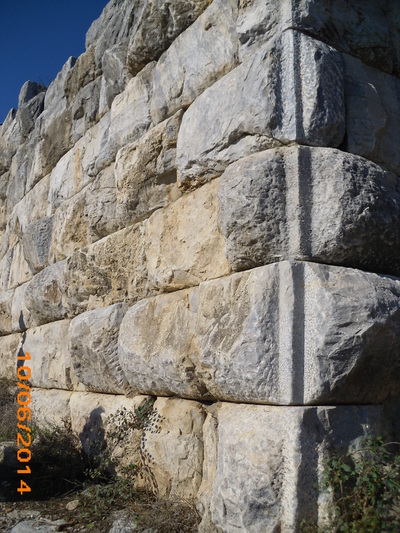
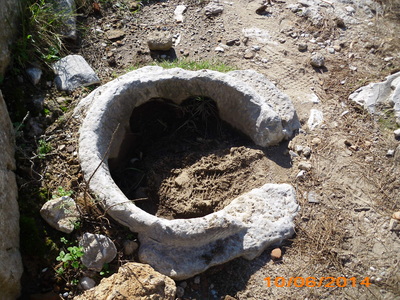
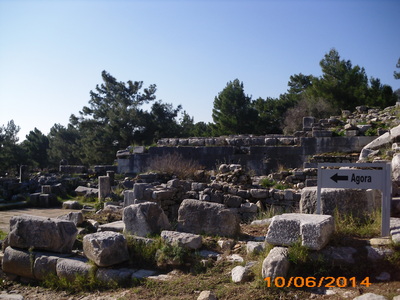
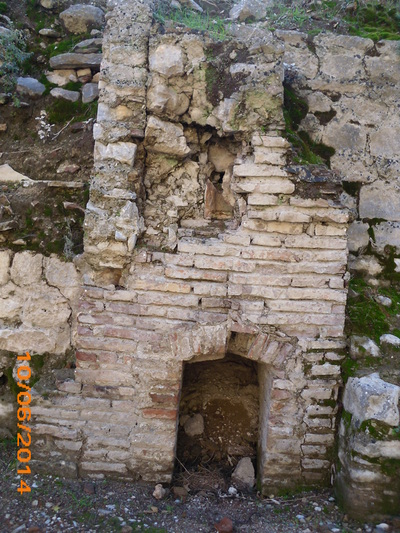
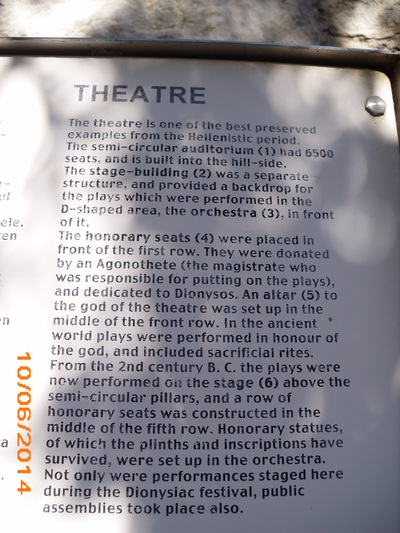
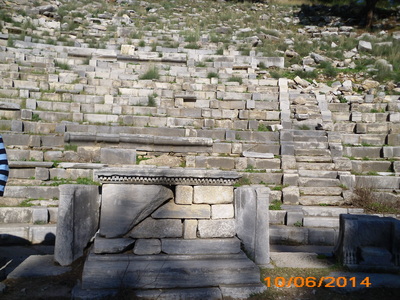
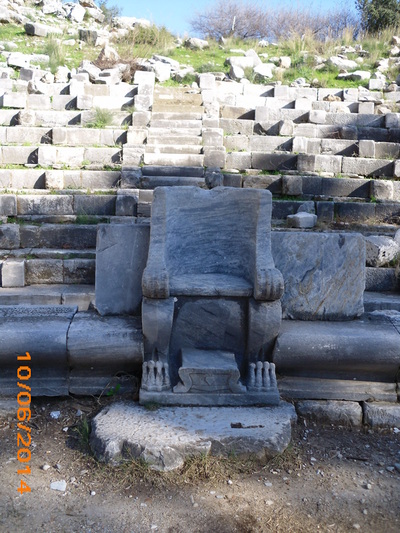
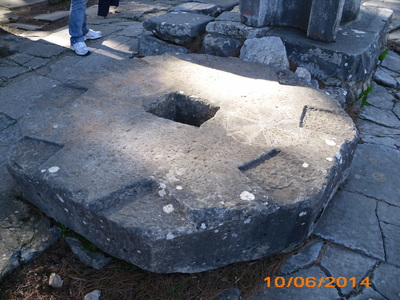

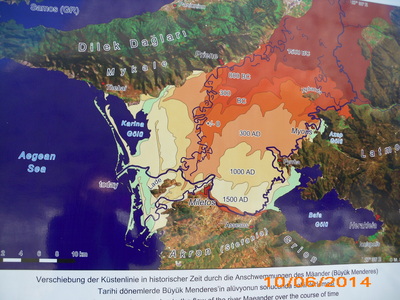
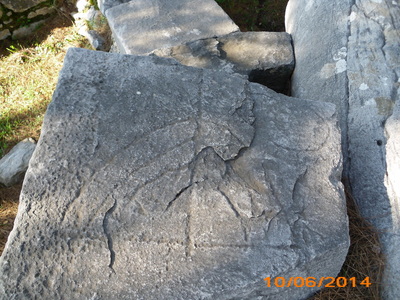
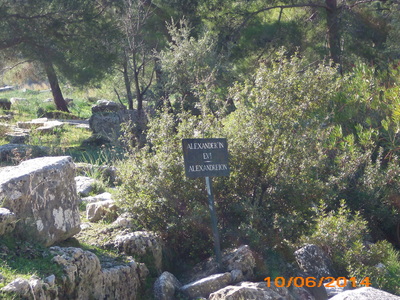
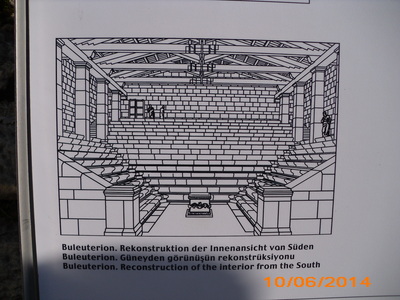
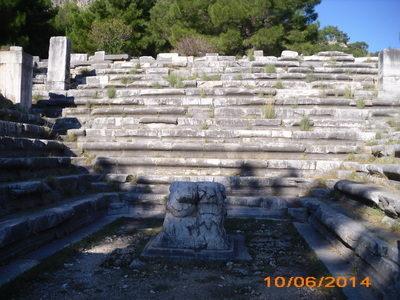







 RSS Feed
RSS Feed
